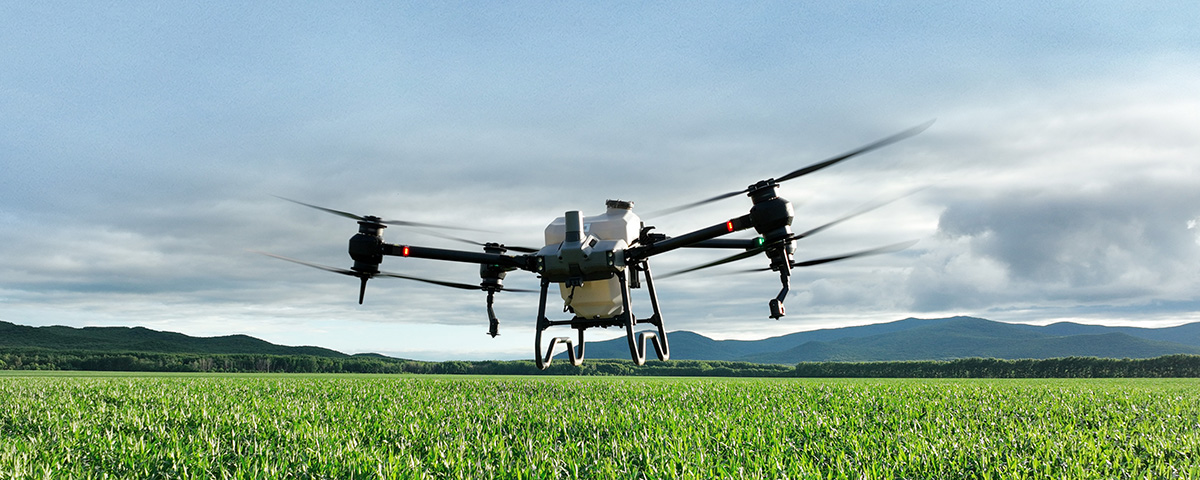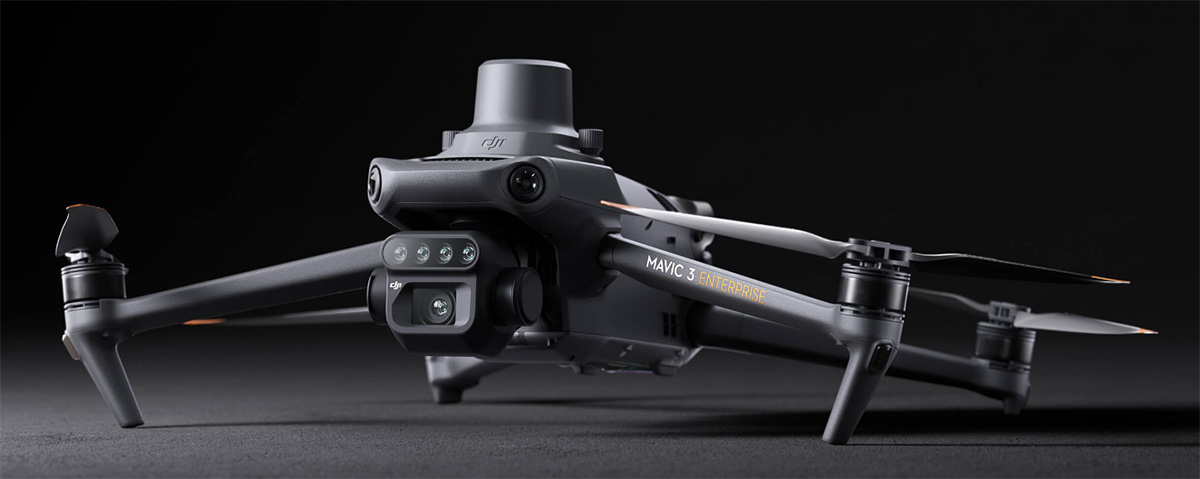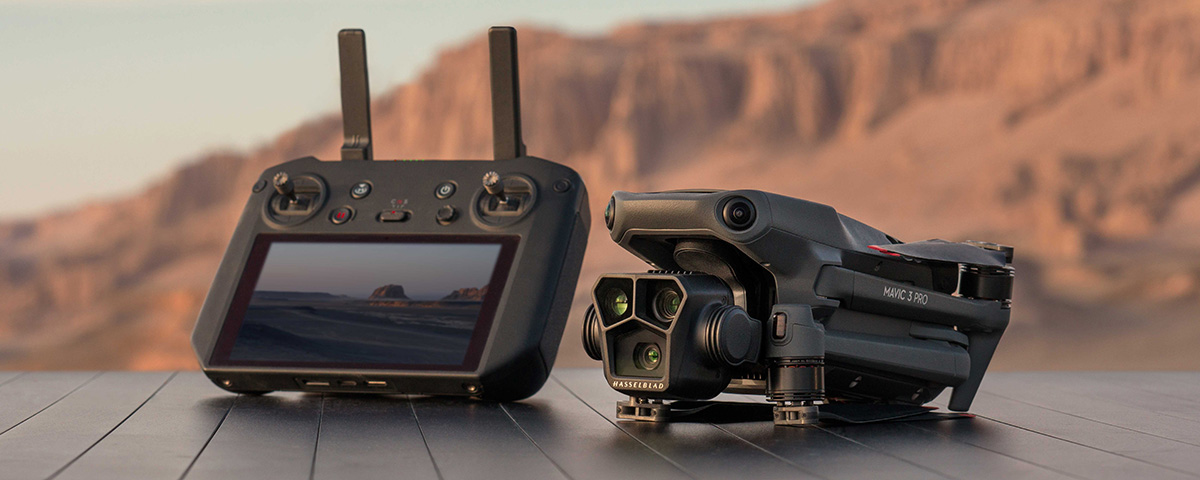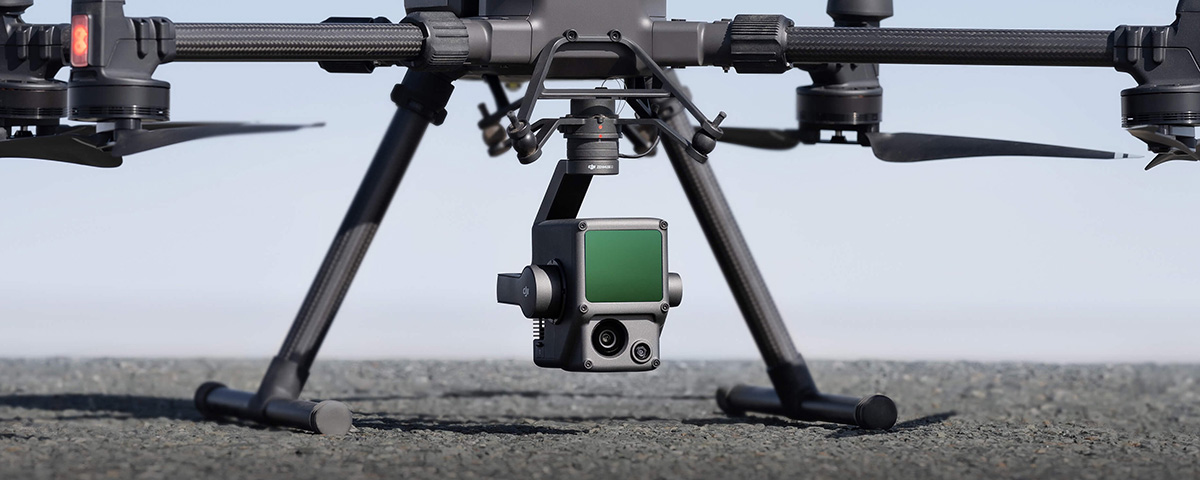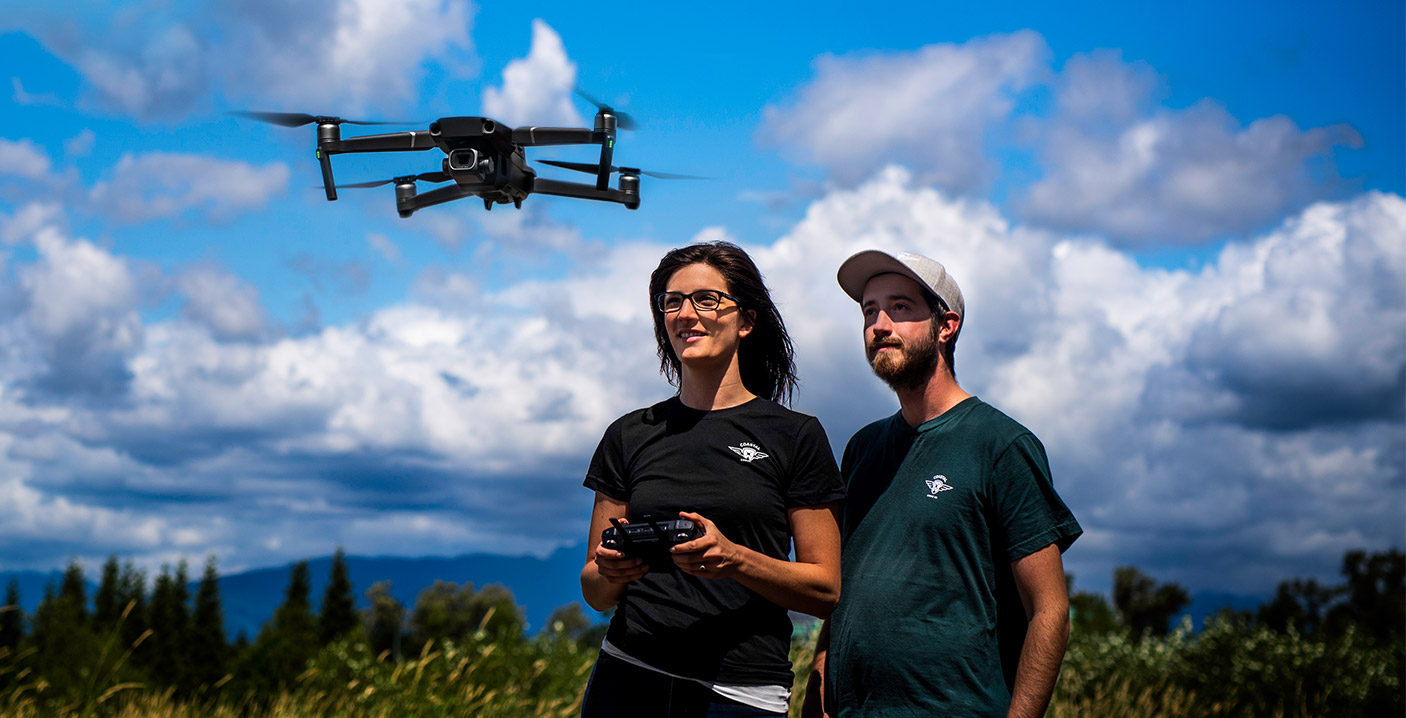Piloting a drone, even for commercial purposes, is often a fun job. However, making a mistake while piloting a drone can lead to costly damages to the drone, equipment, or even people.
While there are a number of programs and courses aimed at improving pilots’ skills, sometimes the best answer to get better lies in the old adage: practice makes perfect. If you’re aiming to improve your drone flying skills, try out these tips.
1) Practice Hovering & Moving Between Static Points
Depending on whether you’re using a GPS drone or not, hovering may or may not happen automatically as you release the sticks. Without GPS, in order to hover, you’ll need to use the controls to regulate the speed and movements of the drone.
If you have a GPS drone, even though this should occur automatically, it’s a good idea to practice with the GPS turned off. Should your drone’s GPS ever malfunction, this practice will quickly come in handy.
Once hovering is locked in, practice moving between two points. Pick two spots in the air and practice moving precisely between two points. It can be helpful to use clouds to help mark these spots. Once you’ve done this a few times, you can up the speed and try to complete as many passes in a short amount of time.
This can also be a helpful exercise when piloting a new drone as well, as it can help gauge the nuances of each drone.
2) Use Yawing & Rotating Techniques
A “yaw” is a movement that describes the direction your drone faces while rotating clockwise or counterclockwise on the vertical axis. To practice this, fly your drone to a point and then move the drone to face the direction of where you want it to go next. Similar to the previous exercise, this can be done between two imaginary points in the sky.
To up your yawing and rotating game, try flying the drone up to a subject (either real or imaginary). Then, face the drone directly at the subject and fly the drone parallel to it. This can be incredibly useful when capturing video and, therefore, is a useful technique to master.
3) Practice Flying Patterns
Flying in a Circle
To successfully fly a drone in a circle, you need to pitch, roll, and throttle all at once. The important thing to remember in order to complete this exercise is to watch for the yaw of your drone to change. Keeping the drone facing one direction is your first step. Should you wish to increase the difficulty, keep the drone facing a specific object or area.
The Figure 8
Practicing a figure 8 helps exercise your ability to maintain drone direction. If you’re using the drone to capture any video, this is an invaluable skill.
To complete a figure 8, start by sending the drone in one direction in which it’s already facing. Once you’re ready, change the direction while also changing the direction of the drone’s front face. Continue this as you complete the figure 8 and repeat as many times as necessary until it feels comfortable.
4) Reverse the Controls
When the drone’s direction changes, the drone may feel like it’s moving in reverse. This is a common occurrence while piloting a drone, specifically as it faces you directly. In order to become comfortable with this, consider practicing with the drone intentionally facing you. At first, this exercise will feel as though some of the controls have been reversed.
Once you’re comfortable with this, try switching freely from having the drone face you to having the drone face away from you.
5) Practice Bank Turns
Bank turns are a circular turn in either a clockwise or counterclockwise direction that remains consistent. As you move your drone forward, you want to keep a bit of a forward pitch and then roll the drone in the direction of the turn.
Since this is more of an advanced maneuver, it can take a bit to perform smoothly and regularly. It’s a move to practice when you have a bit of time or as a warm up before a flight.
Looking for Other Ways to Get Better at Piloting Your Drone?
If a little practice here and there isn’t cutting it, consider enrolling in a certification program. A multitude of courses exist strictly to help you feel more confident when out for flight. Plus, most training institutes have a variety of course levels to ensure you’re able to learn at your specific level.
Want More Information About Professional or Commercial Drones?
Contact our team today to learn more about how drones could assist in making your business more profitable, more efficient, and safer.

